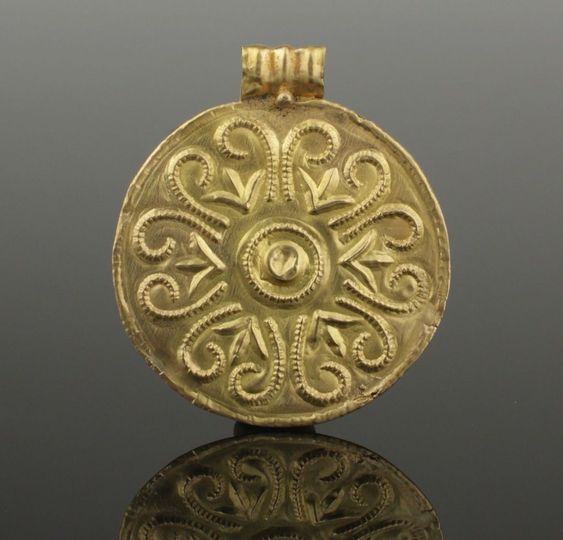The Anglo-Saxon period was characterized by animal shapes and birds which were engraved in ornaments as well as shields.
The ancient Anglo-Saxon symbols originated between 5th and 6th centuries and were typecast as Style I. It was distinguished with animal faces and limbs like that of horses, dragons, wild boars, stags and birds as a result of which historians often described this style as an “animal salad”.

Anglo Saxon Symbols Animals
Contents
The animal engraved shields and ornaments symbolized protection and resembled the social status and the cultural significance of the Anglo-Saxon era.
Animals were considered sacred and their inscriptions on shields emphasized protection against evil forces. Such shields and ornaments were worn by adult males and signified their authority and protective role in society.
The shields with animal features depicted zoomorphism or the overpowering of animal characteristics over humans.
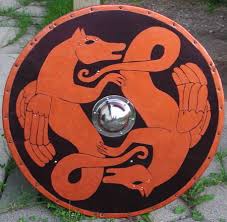
The Horse
The horse is an integral part of the Anglo-Saxon society. The Anglo-Saxons were mainly warriors, so the horses were used in wars, for travel and also for activities of daily life.
Many horse images, carvings, and sculptures have been found in the old villages of Great Britain. The massive Westbury Horse in Bratton Down, Wiltshire is about 33 meters tall and 55 meters long. Legends say that it was probably carved out with the order of Alfred the Great, King of Wessex to mark his victory over the Vikings.
The worshipping of ‘Horse God’ dates back to the early bronze age. Anglo-Saxons considered their horses as sacred, divine, and spiritual beings.
The Red Horse of Tysoe in the small town of Banbury, lower Tysoe was believed to be carved out to honor the Anglo-Saxon God ‘Tiw or Tiwaz’.
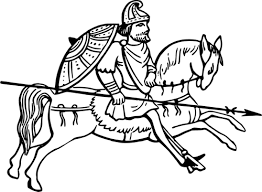
The Dragon
The white dragon represented the Heathen Anglo Saxons. It depicted purity and power which defeated the red dragon which symbolized Britain.
Many Anglo-Saxon poems have mentioned ‘Beowulf’ which is a fire dragon that guard treasure and gold. Physical evidence of the dragon is found in the Sutton Hoo burial grounds. A dragon symbol of Beowulf was found on the shield which symbolizes war and battle.
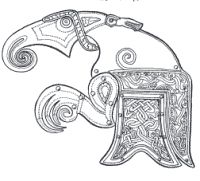
The Anglo-Saxon Boar
The wild boar represented power, kinship, protection in battle, and abundance. Many helmets worn by Anglo-Saxon warriors contained images of the wild boar.
The reverence of wild boars can be found in early Nordic religious ceremonies and signified the “Great Goddess of battle”. The animal was also eaten in winter feasts along with apples and fruits and symbolized fertility and strength.
Shoulder clasps excavated from Sutton Hoo ship burial site shows images of boar intricately designed on the clasps.
The boar was also associated with the Anglo-Saxon God Ingui and protected the warriors during wartime.
Boars are also symbolic of wealth and royalty and were often worn by Heathen ancestors as a traditional custom-wear.
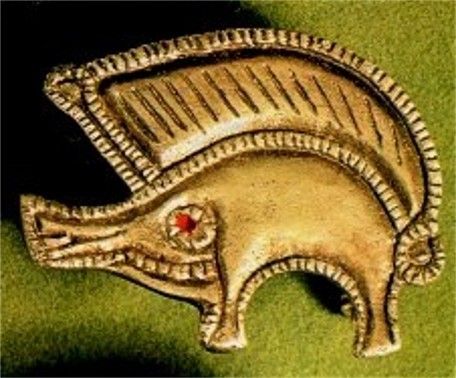
The Stag
The Heahdeor or red-deer stag was associated with the Earth mother goddess Freya, also known as Ing. Remains of old pillars and shrines often bore images of stags which symbolized the fertility god and were worshipped in ancient Anglo-Saxon England.
The Sutton Hoo Ship burial contains a beautiful figure of a king carrying a sceptre of stag which symbolized power and authority. Stags were worshipped by the Heathens and were considered as a sacred and royal animal.
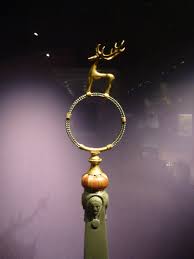
Symbolism of Birds
The birds were of great importance in the Anglo-Saxon community. The physical evidence of birds and its religious significance can be found in the Sutton Hoo burial sites. Helmets and shields covered with beautiful bird designs, ornaments and purses with symmetrical designs were quite common in the Heathen society.
Birds resembled the Anglo-Saxon God Woden and were considered as a sacred animal. It manifested courage and strength and were often wore as shields and helmets during wars.

Anglo Saxon Ornaments
The Anglo-Saxons were fierce warriors and it was customary to bury them along with their weapons and shields. The females wore Germanic style metal jewelry with animal and bird designs and were also buried with their jewelry.
Silver brooches were very common and it symbolized wealth and status in the society. Ornaments with geometrical patterns interlocked with ribbons were prevalent during those times.
Fylfots or swastika were considered sacred and was associated with the Thunder God and also Thunor who gave the warriors strength and protection. Fylfot symbols were commonly found in graves and resembled afterlife.
The mighty hammer was often worn as amulets by warriors and signified the Thunder God of protection.
